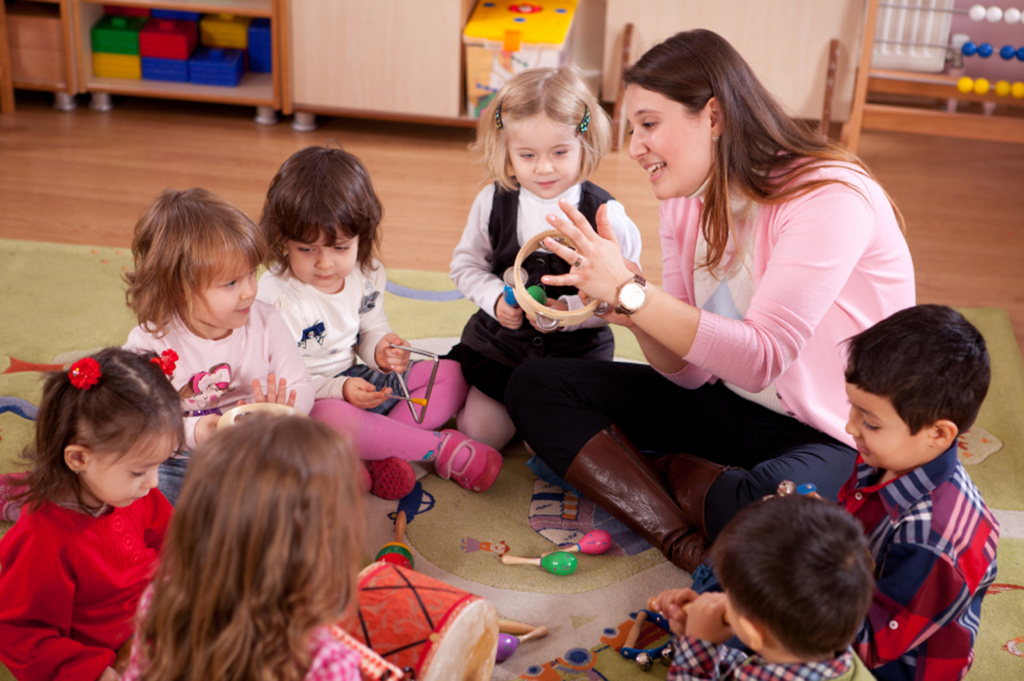
Not good enough. In the first article that was essentially our report card on present approaches to school improvement. Not wrong, not misguided, just not sufficient for the future. That is because they represent only a partial answer to a deeper issue, that of equity. As far back as 2002 Silins and Mulford reported that:
Most school effectiveness studies show that 80% or more of student achievement can be explained by student background rather than schools.
This picture broadly remains unchanged in the intervening years. Yet most school improvement strategies have remained stubbornly school-centric. And that is what has now to change.
However, addressing this will mean starting to think differently, and for leaders that must mean living and leading across multiple horizons at the same time. A good analogy to help understand why this is so can be borrowed from the energy industry. According to Curry and Hodgson (2008), the challenge of sustainable energy supply can usefully be understood by looking at it through the perspective of three horizons. The first horizon represents the way we generate and use energy at present. It is inefficient, damaging to the environment, short-term, and ultimately unsustainable. A further horizon represents the view of those who have seen these limitations and are trying to create an alternative viable solution to meet future energy needs in sustainable ways. These might include, for example, solar and wind power, hydrogen cells, bio-fuels and changing consumption patterns. Such solutions are, however, currently still experimental, not yet proven, may be contradictory, and none are yet to scale or fully tested. But, at some point in the future, a new way forward will emerge from this experimental cauldron to supersede the unsustainable status quo.
Between these horizons lies another one, termed the second horizon, falling as it does between the now and the future. This is the space in which leaders try to make sense of and navigate between the failing present and the as yet uncertain future in order to seek to create a meaningful future for their organisation, and, in the case of schools, for those in their care. For one big difference between running a school and running an energy business lies in the fact that what we do and how we do it directly shapes individual lives now as well as the futures those individuals are able to create for themselves.
The parallel with education leadership is uncanny. There is a strong body of opinion which recognises that our present concepts of schooling in terms of its purpose and understanding of quality are nearing the end of their useful life. Our understanding of learning, of human development, and of the impact of technological change all suggest schools might need to think quite differently about what they are doing moving forward.